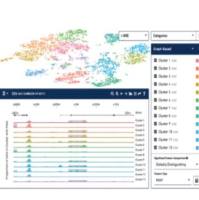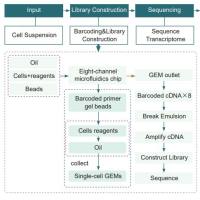Genetical Genomics for Evolutionary Studies
互联网
506
Genetical genomics combines acquired high-throughput genomic data with genetic analysis. In this chapter, we discuss the application of genetical genomics for evolutionary studies, where new high-throughput molecular technologies are combined with mapping quantitative trait loci (QTL) on the genome in segregating populations.
The recent explosion of high-throughput data—measuring thousands of proteins and metabolites, deep sequencing, chromatin, and methyl-DNA immunoprecipitation—allows the study of the genetic variation underlying quantitative phenotypes, together termed x QTL. At the same time, mining information is not getting easier. To deal with the sheer amount of information, powerful statistical tools are needed to analyze multidimensional relationships. In the context of evolutionary computational biology, a well-designed experiment may help dissect a complex evolutionary trait using proven statistical methods for associating phenotypical variation with genomic locations.
Evolutionary expression QTL (e QTL) studies of the last years focus on gene expression adaptations, mapping the gene expression landscape, and, tentatively, e QTL networks. Here, we discuss the possibility of introducing an evolutionary prior , in the form of gene families displaying evidence of positive selection, and using that in the context of an e QTL experiment for elucidating host–pathogen protein–protein interactions. Through the example of an experimental design, we discuss the choice of x QTL platform, analysis methods, and scope of results. The resulting e QTL can be matched, resulting in putative interacting genes and their regulators. In addition, a prior may help distinguish QTL causality from reactivity, or independence of traits, by creating QTL networks.









